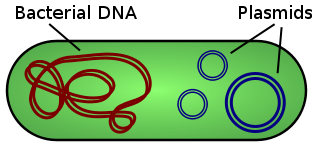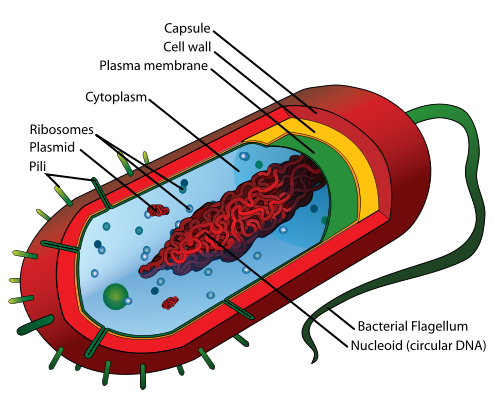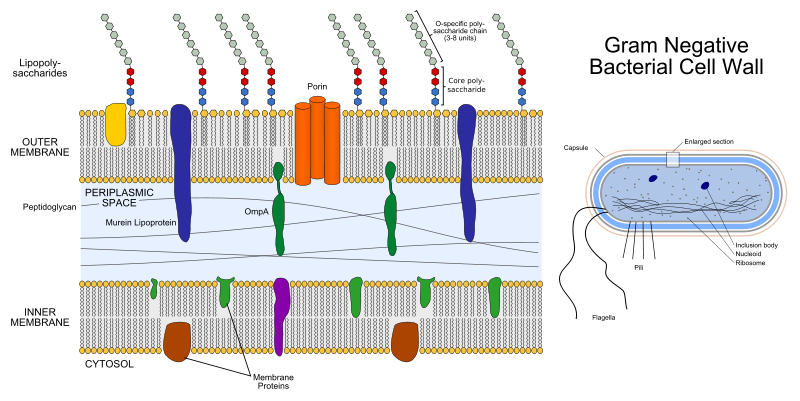What Makes You Special?
In order to have the biodiversity that we observe today, natural selection has adapted organisms to their environment over the course of millions of years. For organisms that we can see without a microscope, it’s pretty simple to see the unique adaptations they possess. However, for bacteria and other microscopic organisms, we tend to forget all the unique characteristics they possess and focus solely on how they effect us. That ends now! Let’s check out some of the ways Plesiomonas shigelloides has adapted.
As mentioned in the classification page, Plesiomonas shigelloides is polarly flagellated. Having flagella at one end of the cell is beneficial because this bacterium lives in aquatic environments, allowing the flagella to act as a propeller as a means of locomotion.
This bacterium has a straight rod shape, as opposed to a curved rod shape, which is also beneficial for locomotion. While being propelled by the flagella, the straight shape keeps this bacterium from swimming in circles. Swimming through the water allows for more gas exchange, which is necessary for Plesiomonas shigelloides to get nutrients and make energy.
Lining the cell wall of this bacterium is peptidoglycan, which classifies this bacterium as gram-negative. Gram-negative bacteria are resistant to some drugs compared with bacteria that are classified as gram-positive, and some have become increasingly resistant to antibiotics. Plesiomonas shigelloides itself has not developed a strong resistance to antibiotics.
The picture to the right highlights the plasmids within a
bacterium, which
 are
important for host cell invasion. The main role of plasmids is to
penetrate the plasma membrane of intestinal cells. Bacterial cells
without plasmids have been observed to be unable to invade the
epithelial cells of the intestinal lining. To learn more about how
this bacterium invades and infects other cells, visit the
toxin page.
are
important for host cell invasion. The main role of plasmids is to
penetrate the plasma membrane of intestinal cells. Bacterial cells
without plasmids have been observed to be unable to invade the
epithelial cells of the intestinal lining. To learn more about how
this bacterium invades and infects other cells, visit the
toxin page.
Now that we've seen how Plesiomonas shigelloides is adapted to its environment, check out how it acquires food and nutrients from its environment!


